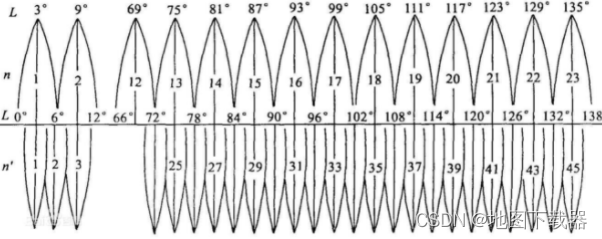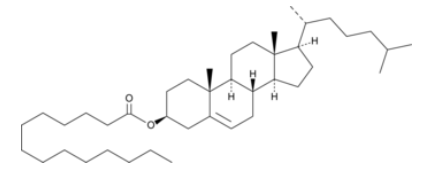深度学习训练营
- 原文链接
- 环境介绍
- 前置工作
- 设置GPU
- 导入数据
- 归一化操作
- 图片可视化
- 构建CNN网络
- 进行编译
- 模型训练
- 结果可视化
- 图片展示
- 对图片的内容进行辨别
- 模型的精度评估
原文链接
- 🍨 本文为🔗365天深度学习训练营 中的学习记录博客
- 🍦 参考文章:365天深度学习训练营-第P1周:实现mnist手写数字识别
- 🍖 原作者:K同学啊|接辅导、项目定制
环境介绍
- 语言环境:Python3.9.13
- 编译器:jupyter notebook
- 深度学习环境:TensorFlow2
前置工作
设置GPU
因为本次实验的数据量过大,所有设置多个GPU很有必要
# K同学啊深度学习练习
import tensorflow as tf
gpus = tf.config.list_physical_devices("GPU")
if gpus:
gpu0 = gpus[0] #如果有多个GPU,仅使用第0个GPU
tf.config.experimental.set_memory_growth(gpu0, True) #设置GPU显存用量按需使用
tf.config.set_visible_devices([gpu0],"GPU")
导入数据
import tensorflow as tf
from tensorflow.keras import datasets, layers, models
import matplotlib.pyplot as plt
(train_images, train_labels), (test_images, test_labels) = datasets.cifar10.load_data()
数据量比较大,下载的时间会比较长

归一化操作
# 将像素的值标准化至0到1的区间内。
train_images, test_images = train_images / 255.0, test_images / 255.0
train_images.shape,test_images.shape,train_labels.shape,test_labels.shape

图片可视化
对于图片的分类进行命名
[‘airplane’, ‘automobile’, ‘bird’, ‘cat’, ‘deer’,‘dog’, ‘frog’, ‘horse’, ‘ship’, ‘truck’]
class_names = ['airplane', 'automobile', 'bird', 'cat', 'deer','dog', 'frog', 'horse', 'ship', 'truck']
plt.figure(figsize=(20,10))
for i in range(20):
plt.subplot(5,10,i+1)
plt.xticks([])
plt.yticks([])
plt.grid(False)
plt.imshow(train_images[i], cmap=plt.cm.binary)
plt.xlabel(class_names[train_labels[i][0]])
plt.show()

构建CNN网络
#设置CNN网络
model = models.Sequential([
layers.Conv2D(32, (3, 3), activation='relu', input_shape=(32, 32, 3)), #卷积层1,卷积核3*3
layers.MaxPooling2D((2, 2)), #池化层1,2*2采样
layers.Conv2D(64, (3, 3), activation='relu'), #卷积层2,卷积核3*3
layers.MaxPooling2D((2, 2)), #池化层2,2*2采样
layers.Conv2D(64, (3, 3), activation='relu'), #卷积层3,卷积核3*3
layers.Flatten(), #Flatten层,连接卷积层与全连接层
layers.Dense(64, activation='relu'), #全连接层,特征进一步提取
layers.Dense(10) #输出层,输出预期结果
])
model.summary() # 打印网络结构

进行编译
进行编译操作
#进行编译
model.compile(optimizer='adam',
loss=tf.keras.losses.SparseCategoricalCrossentropy(from_logits=True),
metrics=['accuracy'])
模型训练
epoch设置为10,实现提高精度
#对模型进行训练
history = model.fit(train_images, train_labels, epochs=10,
validation_data=(test_images, test_labels))
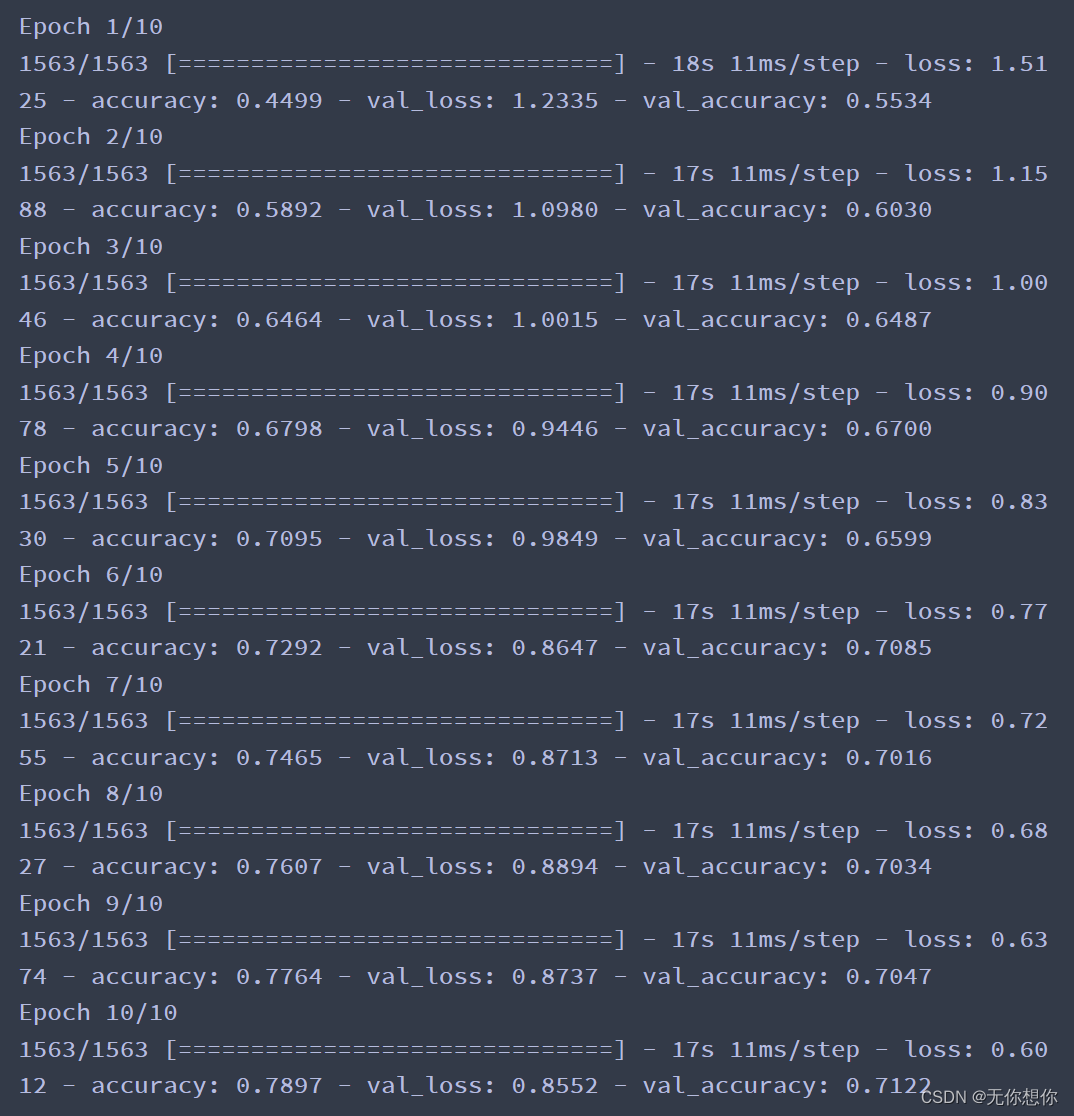
结果可视化
图片展示
#图片显示
plt.imshow(test_images[3])
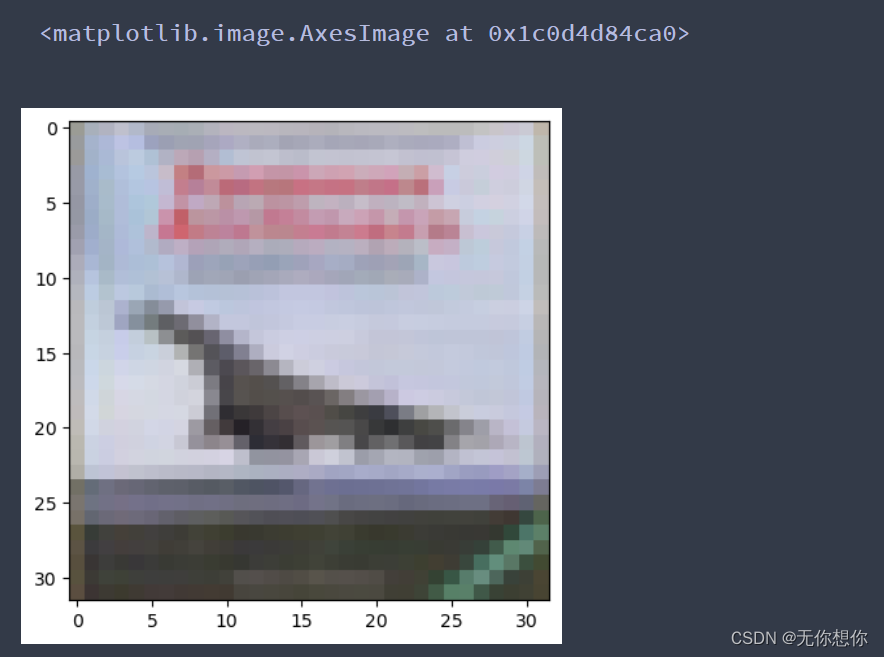
对图片的内容进行辨别
import numpy as np
pre = model.predict(test_images)
print(class_names[np.argmax(pre[3])])

模型的精度评估
#模型评估
import matplotlib.pyplot as plt
plt.plot(history.history['accuracy'], label='accuracy')
plt.plot(history.history['val_accuracy'], label = 'val_accuracy')
plt.xlabel('Epoch')
plt.ylabel('Accuracy')
plt.ylim([0.5, 1])
plt.legend(loc='lower right')
plt.show()
test_loss, test_acc = model.evaluate(test_images, test_labels, verbose=2)

计算结果
print(test_acc)#打印结果

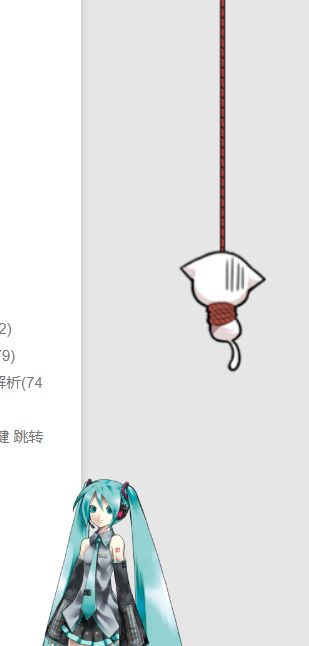

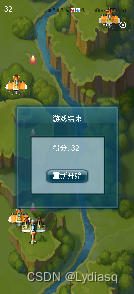
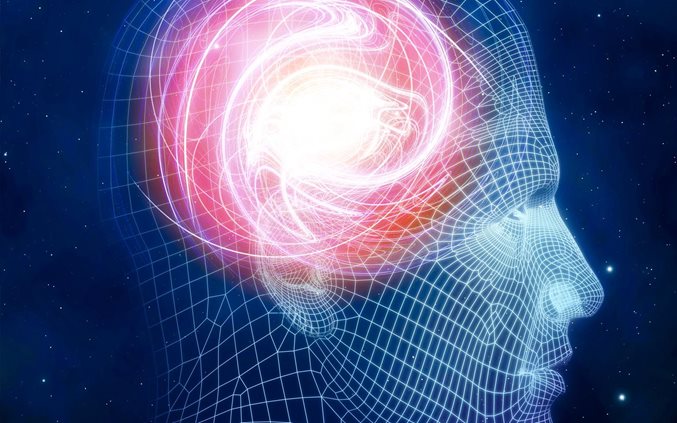
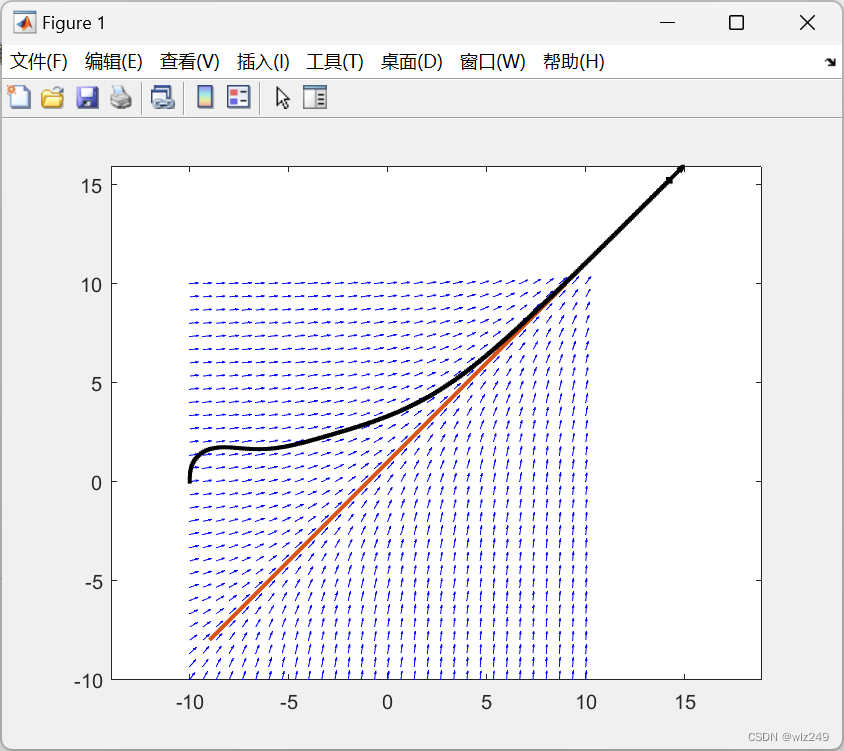

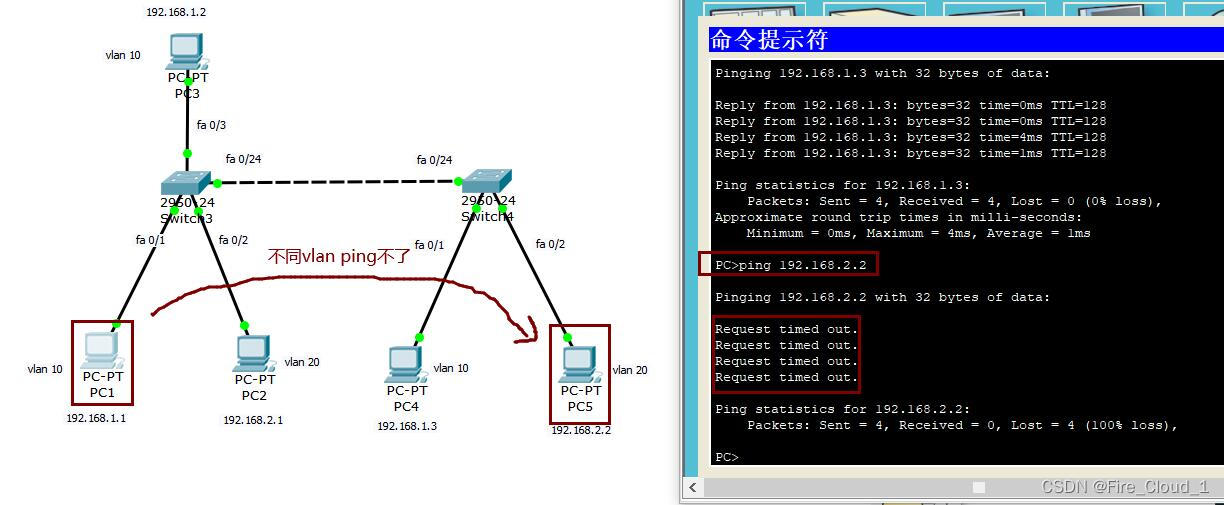



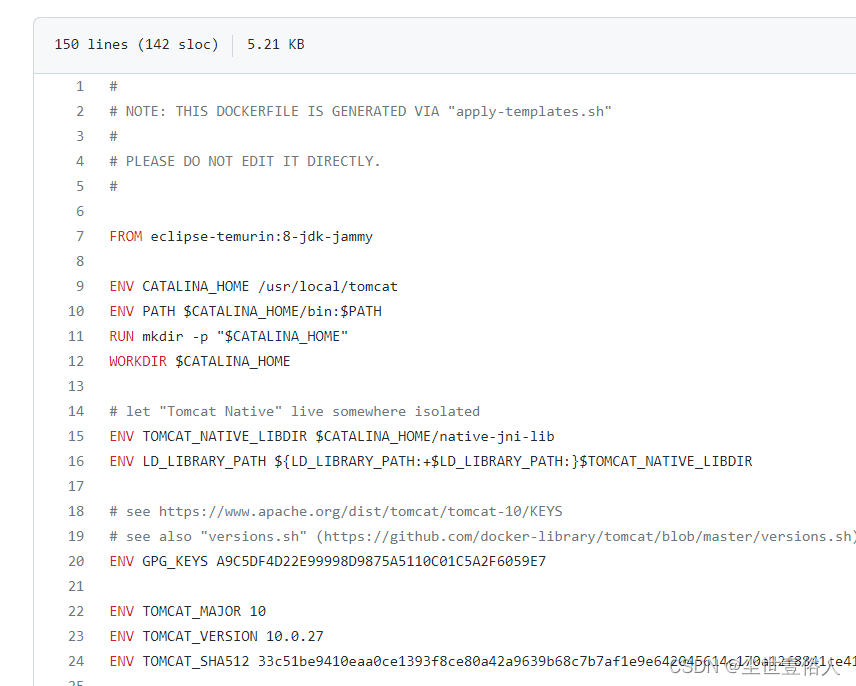
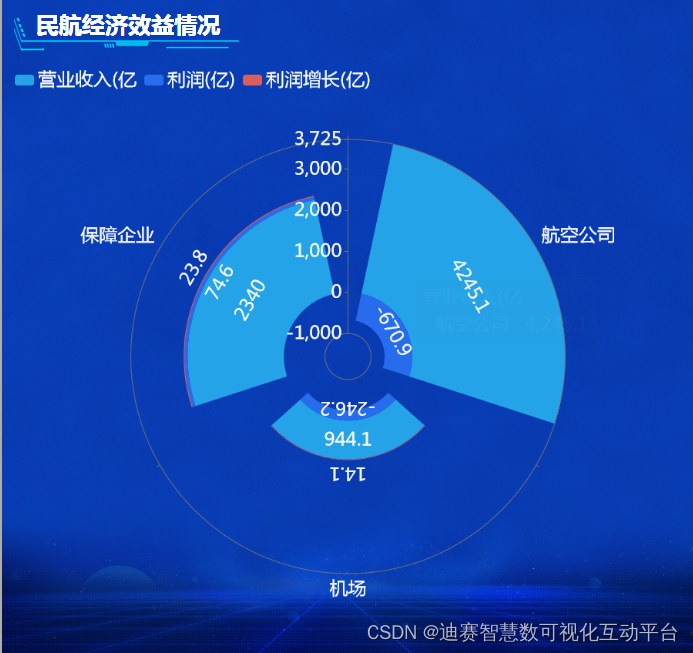
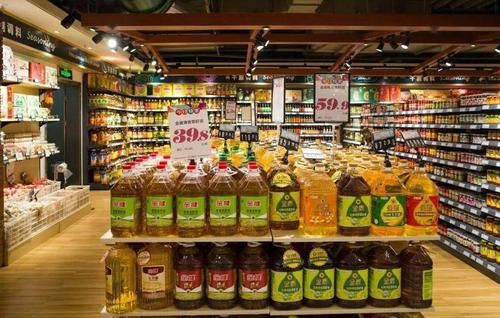
![[基因遗传算法]原理思想和python代码的结合理解之(一) :单变量](https://img-blog.csdnimg.cn/aed566ccc5fa4cbd82e8bb0800288d30.png)
